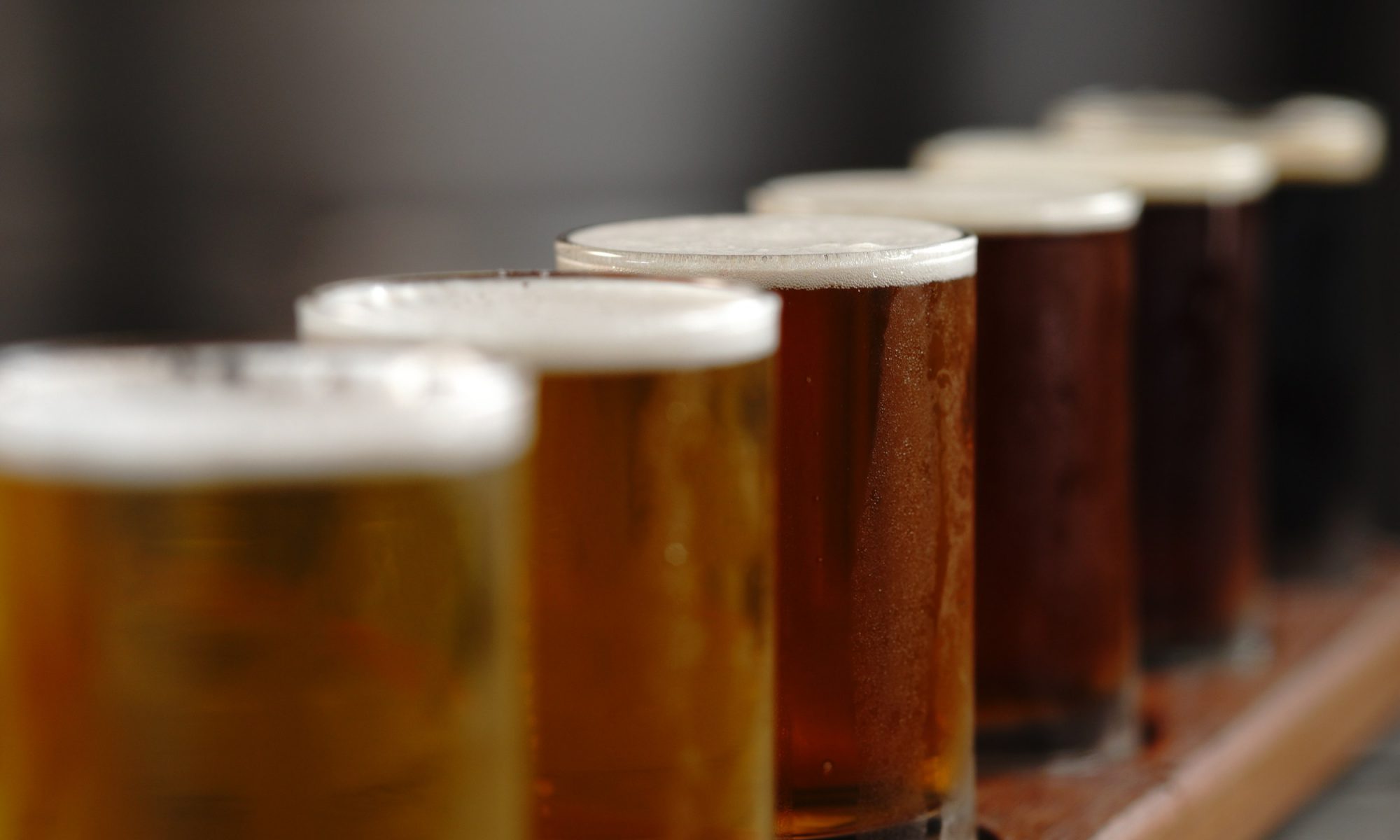The brew day went pretty well, process-wise. Put the water on about 8am, started mashing about 9.30 and finished early afternoon. No mistakes, no equipment failures, but one problem. The extract from the mash was really low. We were aiming for 1.040 and it came out (measured in the fermenter) at 1.028.
We noticed that the grits came out of the mashtun looking pretty much as when they went in. So it’s possible that the grits did need some pre-boiling to gelatinise. It’s a poor day when random posts on the Internet give you bad information.
Anyway, we calculated how much sugar was needed to bring it up to 1.040 and added it to the fermenter before the yeast went in. Didn’t take into account the extra water required to dissolve the sugar (wish we’d thought of this before topping the fermenter up with bottled water) so it came out at 1.038.
The yeast is interesting: White Labs Belgian Saison II 566. Not worked with it before (not really done much with liquid yeast) so it was a novelty.
Firstly, it was three months old when we got it (I guess that Malt Miller don’t sell that much of it) so needed a starter to hit the recommended pitch rate. Never done a starter before, so a perfect opportunity to use the 10 quid stir plate bought off eBay. The stir bar is not round so rattled out of place once during the 18 hours it was in use. Other than that it seemed to do the job well enough.
The fermentation has been underway about 48 hours now. It started almost right away and has been going at a steady pace since. It sank to the bottom immediately after pitching but suddenly rose to the top, formed a heavy krausen and bubbled gently (no big bubbly mess, just a thin but dense layer).
Came home yesterday to a kitchen smelling of Indian cooking and wondered what the neighbours were up to. However, after a bit of sniffing, we were amazed to discover that it was the beer making the aroma. Should make for an interesting final product!
